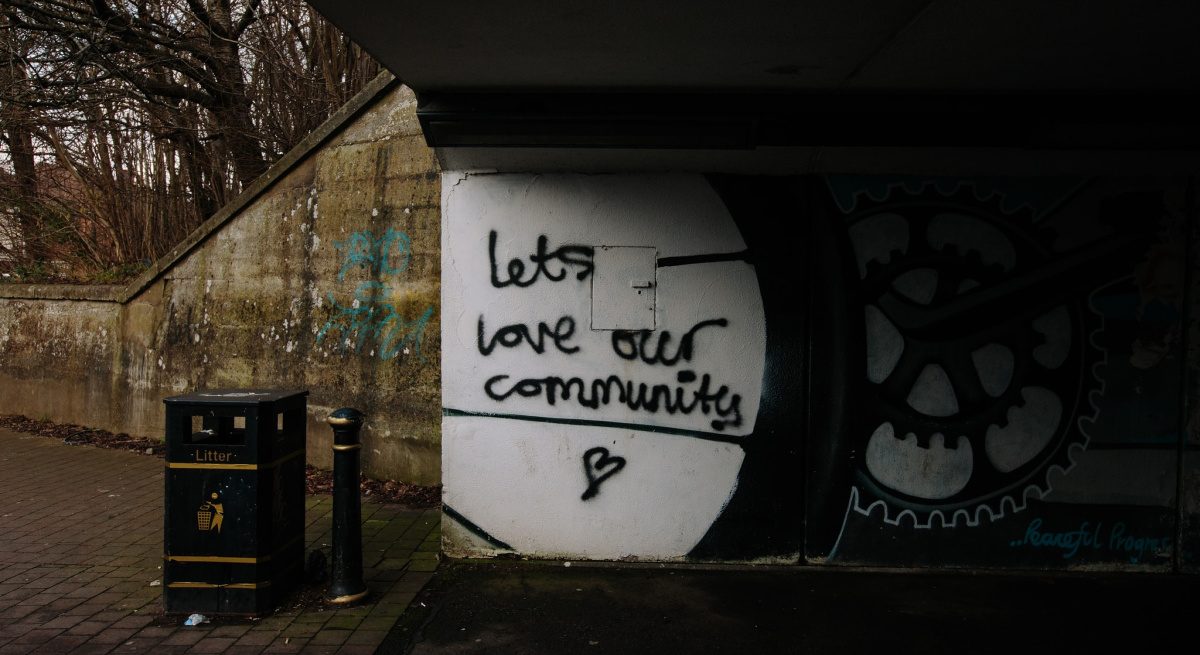Delivering Experience: Why Community Involvement Is Key for Restaurants Amid COVID-19
4 Min Read By Sam Acuna, Kristjan Archer
As restaurant operators, you are a part of the community, providing an experience and opportunity for people to come together, celebrate events or both.
Amid the COVID-19 pandemic, your role is all the more critical. Your community relies on you to provide a comforting, familiar experience, deliver food for those who may not have access, and feed the essential groups of people who are still working.
Since guests cannot frequent their favorite establishments in person, they're now leaning on you to bring a "dine-in experience" to their homes. This crisis has highlighted how delivery and takeout channels are the new norms in the industry. While the situation is acute right now, it provides an opening for you to further enhance your delivery and takeout channels. Now is the time to set expectations for how your guests will interact with your restaurant in the future.
Restaurants must focus on engaging customers through the takeout and delivery experience. Though ordering takeout is a different kind of experience, it can also be one that provides a sense of normalcy, delivering relief and comfort amidst the uncertainty of the pandemic. Done right, your delivery or takeout service provides your patrons with a positive emotional experience that should be engaging.
Gallup has curated examples for restaurant operators to help solidify guest engagement through the takeout and delivery experience. These suggestions help create small "wins" for both the restaurant and the customer through focusing on people and product to help your business navigate the COVID-19 crisis.
Navigate Disruption With a People-Centric Approach
The behaviors of your team will make or break whether they provide the best experience possible. You have likely already implemented new expectations around food safety and sanitization. Some other suggestions to create emotional attachment include:
- Add a personal, handwritten note on food orders.
- Call or text ahead that an order is about to be dropped off.
- Follow up with customers to see if the order met expectations and to thank them for the business.
- Ensure staff is providing appropriate condiments, utensils and other items with orders to recreate the restaurant experience.
- Continue to publicize how you are following best practices in food preparation and in the health and hygiene of your employees.
- Make sure your team practices sanitization procedures: wearing gloves while taking orders, preparing food, and/or for curbside pickup and delivery drop-offs.
- Consider adjusting your delivery protocol to embrace "standoff handoffs."
- Greet people as they walk in to pick up their orders.
- If possible, identify and acknowledge the regulars and thank them for ordering from you.
- Create new family meal specials, i.e., "Family Dinner for 4."
- Include promotions to bring people into the restaurant after the crisis: "Bring this card for a free drink on us."
- Adjust hours of operation to accommodate different populations and the needs of guests.
- Ensure phone orders are an option to accommodate demographics who aren't as familiar with online ordering.
- Ask customers to support you via social media through hashtags and engaging on specific restaurant pages.
- Share customer stories during this crisis through your social media.
- Offer a "receipt roundup" campaign, where customers are given the option to round up their bill to the nearest dollar.
- Use "roundup" proceeds to help support community members who are struggling to make ends meet.
- Stay open to provide meals to vulnerable groups in your community (essential workers, the elderly, etc.).
Increase Engagement With a Product-Centric Approach
When asked to rank the importance of several elements in choosing a restaurant, customers found these to be "extremely important" factors:
- 55 percent of respondents say, "Food always served as ordered."
- 51 percent of respondents say, "Food always served with appropriate temperature."
When considering guest engagement with your product, some suggestions include:
- Use appropriate packaging for food that also aligns with your brand promise (think biodegradable or sustainable).
- Use appropriate containers to help maintain food temperature.
- Provide small desserts or additional products that are complimentary during the crisis.
- Provide flyers or promotions to bring guests into the restaurant after the COVID-19 is over.
- Provide promotional codes during quarantine: a "daily delivery deal" or "Taco Tuesday."
- Encourage early ordering.
- Consider establishing delivery windows for batch delivery.
Whether it is lending comfort or giving access to food, every time your company interacts with these customers, they either become a little more, or a little less, engaged with your organization, but they never stay the same.
A Gallup study of casual dining customers found that those who are fully engaged with a restaurant make 56 percent more visits per month than actively disengaged customers. Translating this dine-in data to off-premises, better engagement now with your guests through the delivery and takeout experiences will yield a faster recovery when we come out of the crisis.
A diner's experience is crucial to where they chose to order from — when asked what influenced their decision to order from a specific restaurant for takeout or delivery, 59 percent of takeout patrons cited their "experience with the restaurant" as did 53 percent of delivery customers.
Additionally, incorrect order delivery is a large concern that prevents one in four customers from ordering via a third-party delivery service. During this time when your operation will be focused on grab-to-go and/or delivery, it is crucial you address these issues in order to maintain some level of business continuity.
Some populations within your community will be affected by isolation regulations more than others. In addition to isolation affecting them disproportionately, members of the traditionalist (born in 1945 or earlier) and baby boomer (born in 1946-1964) generations may not have the same technical expertise as their younger counterparts. Restaurant operators should consider ways they can expand or modify ordering and better serve this population during this time.
COVID-19 is challenging how individuals, families, businesses and societies operate. We will come out of this. In the meantime, restaurant operators can become beacons of hope by providing a positive emotional experience through their carry out and deliveries. These meals can serve a warm helping of nostalgia for their customers and remind them that normalcy will return once this crisis abates.



